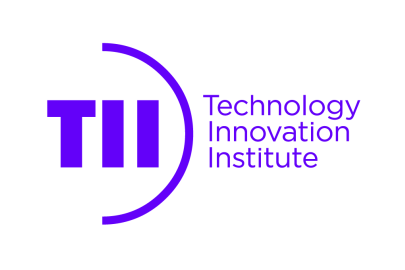
Receives first microwave images of terrain from moving aerial vehicle
Technology Innovation Institute (TII), the applied research pillar of Abu Dhabi’s Advanced Technology Research Council (ATRC), today announced that its Directed Energy Research center (DERC) has, in partnership with Brazilian technology disruptor RADAZ, received the first microwave images from their joint project on Airborne Multi-band Interferometric Microwave Imaging that leverages a new multiband Synthetic Aperture Radar (SAR) taken in the deserts of Abu Dhabi.
Utilising its experience in Ground Penetrating Radars, DERC, together with RADAZ, is looking to detect buried objects in the ground using an airborne payload. The Airborne Multi-band Interferometric Microwave Imaging Project A(MI)2 can generate terrain images from microwave sensor readings in P, L, and C frequency bands.
The system comprises a set of specialised microwave units and antennae that are connected to commercial drones, and they enable the production of ‘microwave images’. The microwave sensors embedded on a UAV flying autonomously above a pre-defined area collect electromagnetic measurements. Once collection is complete, back-projection algorithms convert the acquired data into microwave images using georeferenced information from a ground station.
The Synthetic Aperture Radar (SAR) is used to create two-dimensional images or three-dimensional reconstructions of objects, such as landscapes. SAR uses the motion of the radar antenna over a target region to provide finer spatial resolution than conventional stationary beam-scanning radars. SAR is an effective and important technique in monitoring crops and other agricultural targets because the quality of the images does not depend on weather conditions.
In addition, SAR is sensitive to the geometrical structures and dielectric properties of the targets, and its penetration ability is increased by using innovative flight trajectories. Through also integrating the Ground Penetrating Radar capability, the team can now enhance the multirole payload strengths and find use in a growing number of applications.
Speaking on the development, Dr. Ray O. Johnson, CEO of Technology Innovation Institute (TII), said: “We are proud to witness DERC’s growing synergies with leading tech-diruptors around the world. As a young organisation, we are always happy to cooperate with entities such as RADAZ in spearheading transformation. Our success with microwave imaging technology as demonstrated via Project A (MI)2 will attract more entities with similar interests and further advance our goal of ensuring transformational global impact.”
Dr. Chaouki Kasmi, Chief Researcher, Directed Energy Research center (DERC), said: “This is a significant breakthrough, and it is one that we are really excited about. The Directed Energy Research center and Radaz will continue to investigate several applications to push the technology beyond the existing domains. With our Ground Penetrating Radar capability, we are confident that we can now add value in multiple related areas of remote sensing and enhance DERC’s credibility as a cutting-edge Research center.”
For his part, Elidio Frias, CEO, RADAZ, said: “The collaboration with TII’s Directed Energy Research center is a great move for our company. The cooperation will allow us to push remote sensing technology forward, and we are convinced that our effort and contributions will significantly define and impact the Remote Sensing Society worldwide.”
The UAV based multiband radar is a new technology that is currently being studied by select research institutes and universities in the world, and it is among the first systems of its kind being tested in the country. This system also holds potential in research and engineering applications for detailed monitoring of small areas since a UAV is more practical and versatile than planes or satellites. Among the key prospective applications are precision agriculture, subsurface tomography, civil engineering monitoring, coastline monitoring, earth observation, and assessing the sediment content on beaches.






